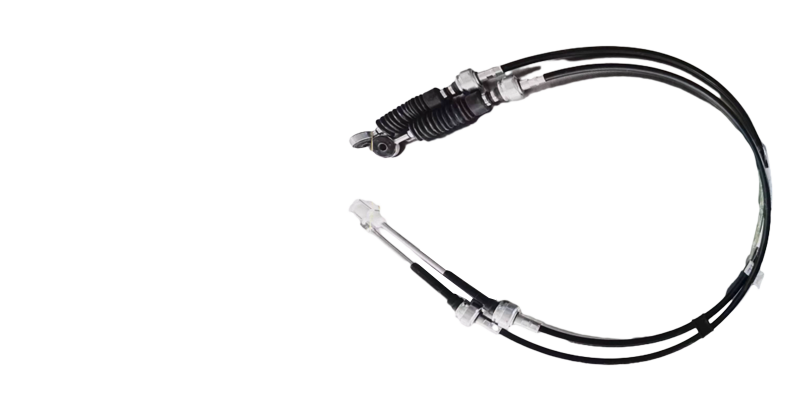slave cylinder hose
Understanding Slave Cylinder Hose Importance and Functionality
In the realm of automotive and industrial machinery, understanding the various components and systems that ensure optimal operation is crucial. One such component is the slave cylinder hose, an integral part of hydraulic systems, particularly in vehicles and heavy machinery. This article delves into the significance, functionality, and maintenance of the slave cylinder hose, underscoring its role in hydraulic systems.
What is a Slave Cylinder Hose?
A slave cylinder hose is a flexible tube that connects the slave cylinder of a hydraulic system to the master cylinder. In automotive applications, this is typically found in hydraulic clutch and brake systems. The slave cylinder is responsible for converting hydraulic pressure into mechanical force, which consequently activates the clutch or brake systems. The hose acts as a conduit for hydraulic fluid, enabling this critical process.
Importance of Slave Cylinder Hose in Hydraulic Systems
The functionality of the slave cylinder hose is paramount in ensuring the efficacy of the hydraulic system. When a driver presses the clutch pedal or brake pedal, the master cylinder generates hydraulic pressure. This pressure travels through the slave cylinder hose to the slave cylinder, where it is transformed into mechanical movement, allowing for smooth gear shifts or braking.
The slave cylinder hose must withstand high pressure to function effectively. Made from durable materials such as rubber or reinforced synthetic compounds, these hoses are designed to handle not only the pressure but also the heat that is generated during the operation of the system. A failure in the hose can lead to a breakdown in communication between the master and slave cylinders, resulting in the inability to clutch or brake effectively. Therefore, the integrity of the slave cylinder hose is crucial for safety and performance.
Signs of Wear or Damage
Given its exposure to various environmental factors and operational stresses, the slave cylinder hose is susceptible to wear and damage over time. Drivers should be vigilant for warning signs indicating potential issues. These can include
slave cylinder hose

1. Leaking Fluid Any visible spots of hydraulic fluid beneath the vehicle or around the hose area can indicate a leak. This is often the first noticeable sign of hose deterioration. 2. Spongy Pedal If the clutch or brake pedal feels spongy or unresponsive, it may be due to air entering the hydraulic system, potentially caused by a compromised hose.
3. Cracks or Bulges Physical inspection of the hose may reveal cracks, bulges, or abrasions, which are all indicators of weakening material.
Regular visual inspections and routine maintenance are essential for identifying these issues early, allowing for timely replacements before a complete failure occurs.
Maintenance and Replacement
To ensure the longevity and reliability of the slave cylinder hose, regular maintenance is crucial. Here are some best practices
- Routine Inspections Regularly check for signs of wear, leaks, or damage. This helps catch issues before they escalate into major problems.
- Fluid Check Ensure the hydraulic fluid is at the correct level and in good condition. Contaminated or low fluid levels can put additional stress on the hose.
- Replace When Necessary If any signs of wear or damage are detected, replace the slave cylinder hose immediately. It is generally recommended to replace these hoses every few years as part of a preventive maintenance plan.
In conclusion, the slave cylinder hose plays a pivotal role in the operation of hydraulic systems in vehicles and machinery. Understanding its importance, recognizing signs of wear, and committing to regular maintenance can help ensure safe and efficient operation. By taking proactive steps, vehicle owners and operators can avoid potential failures, ultimately leading to enhanced performance and safety on the road or job site.
-
Workings of Clutch Pipe and Hose SystemsNewsJun.04,2025
-
The Inner Workings of Hand Brake Cable SystemsNewsJun.04,2025
-
The Secrets of Throttle and Accelerator CablesNewsJun.04,2025
-
The Hidden Lifeline of Your Transmission Gear Shift CablesNewsJun.04,2025
-
Demystifying Gear Cables and Shift LinkagesNewsJun.04,2025
-
Decoding Clutch Line Systems A Comprehensive GuideNewsJun.04,2025
